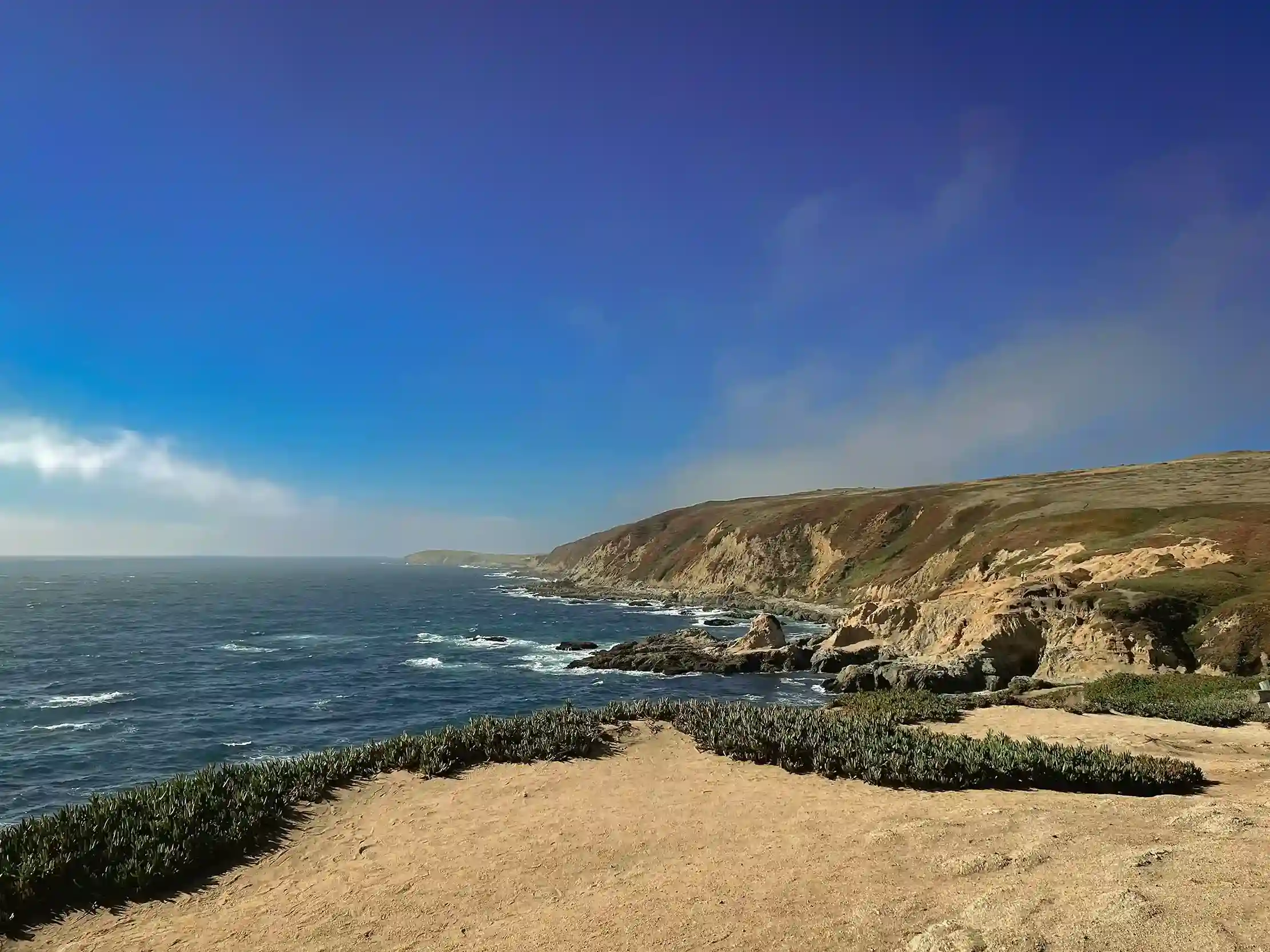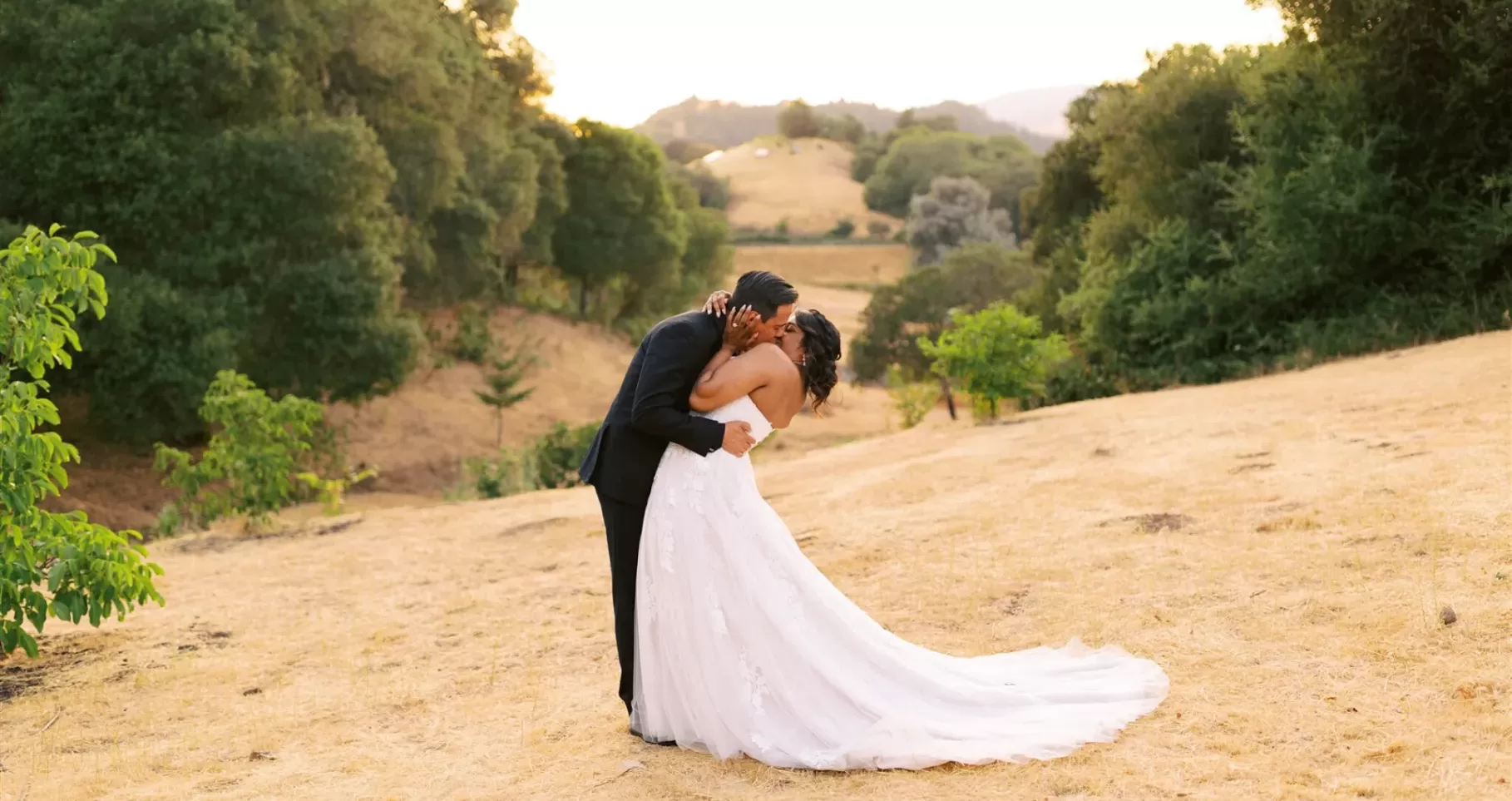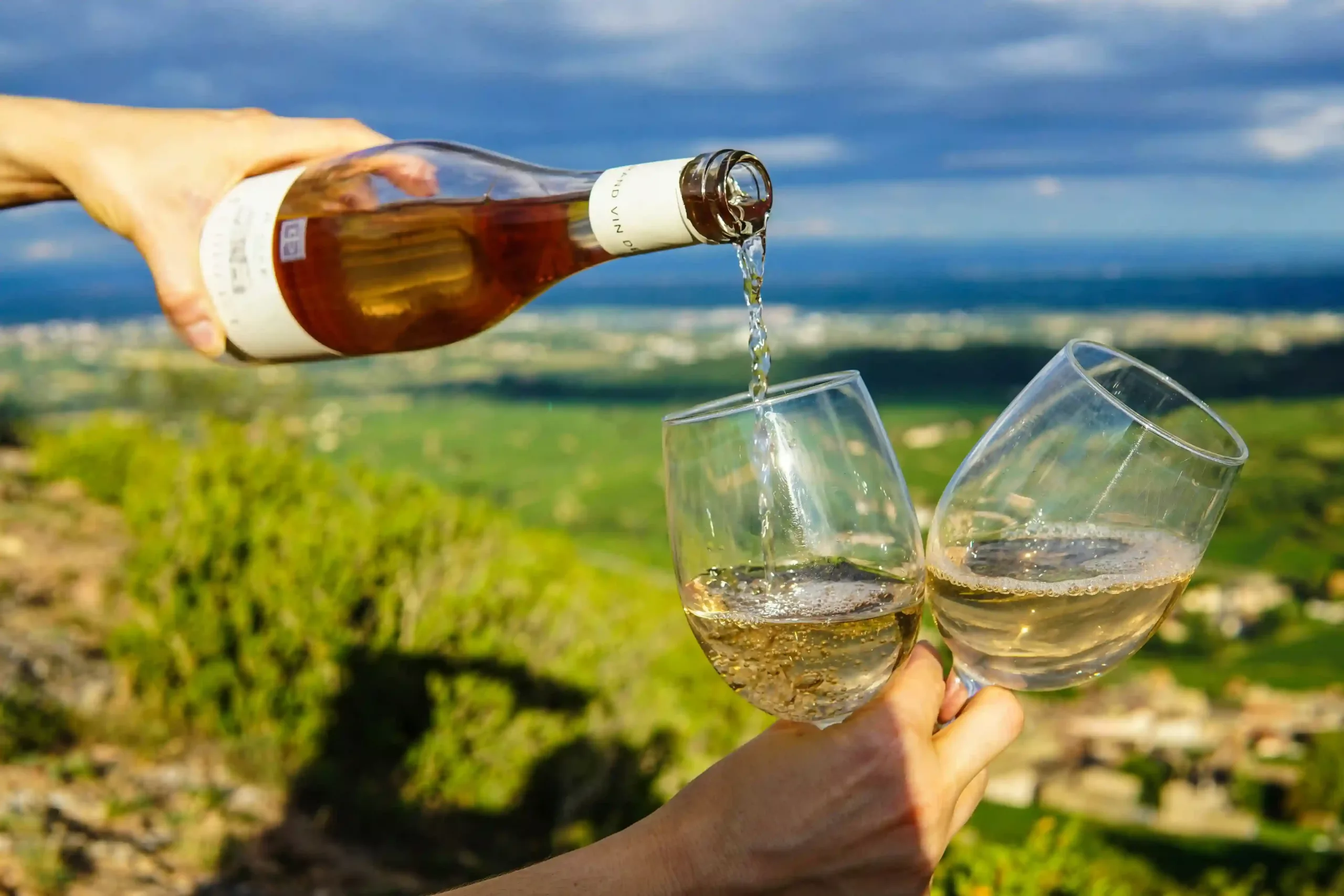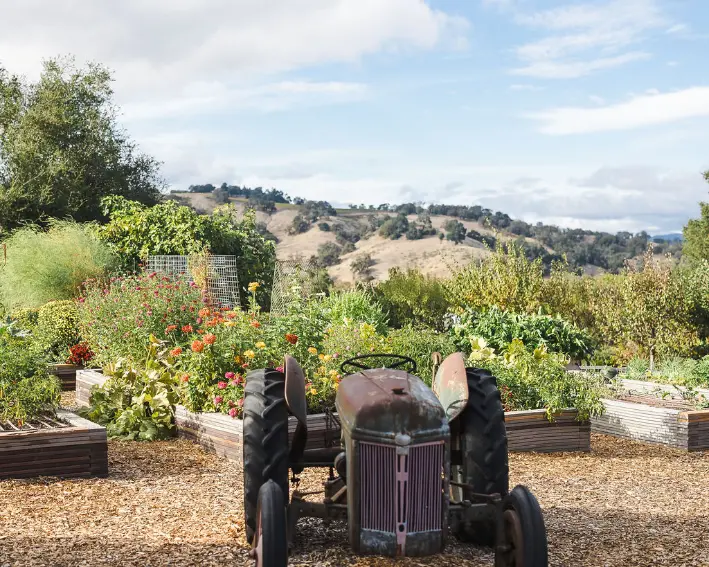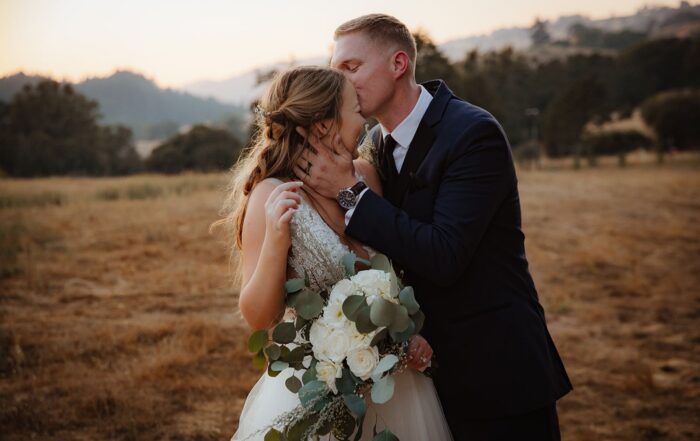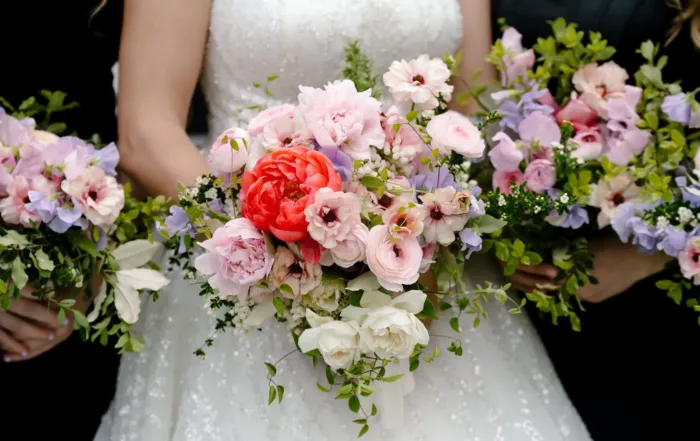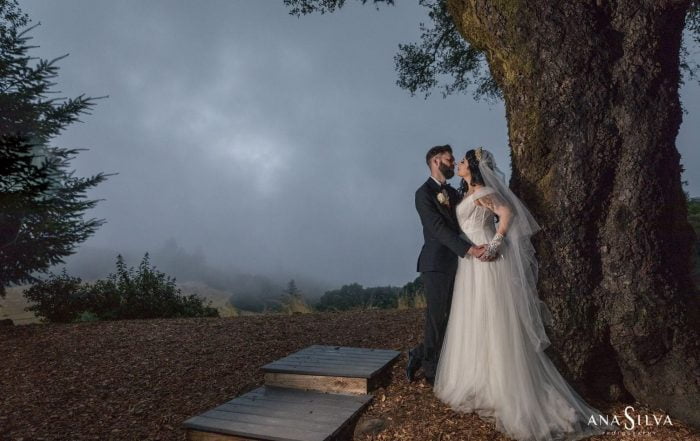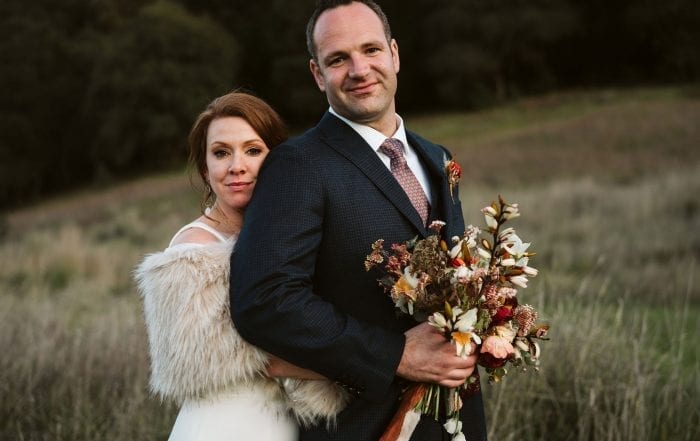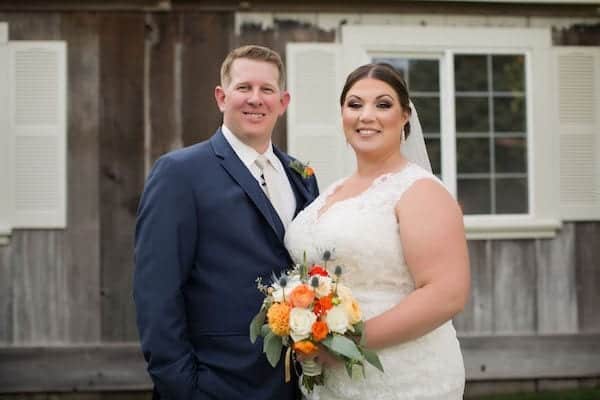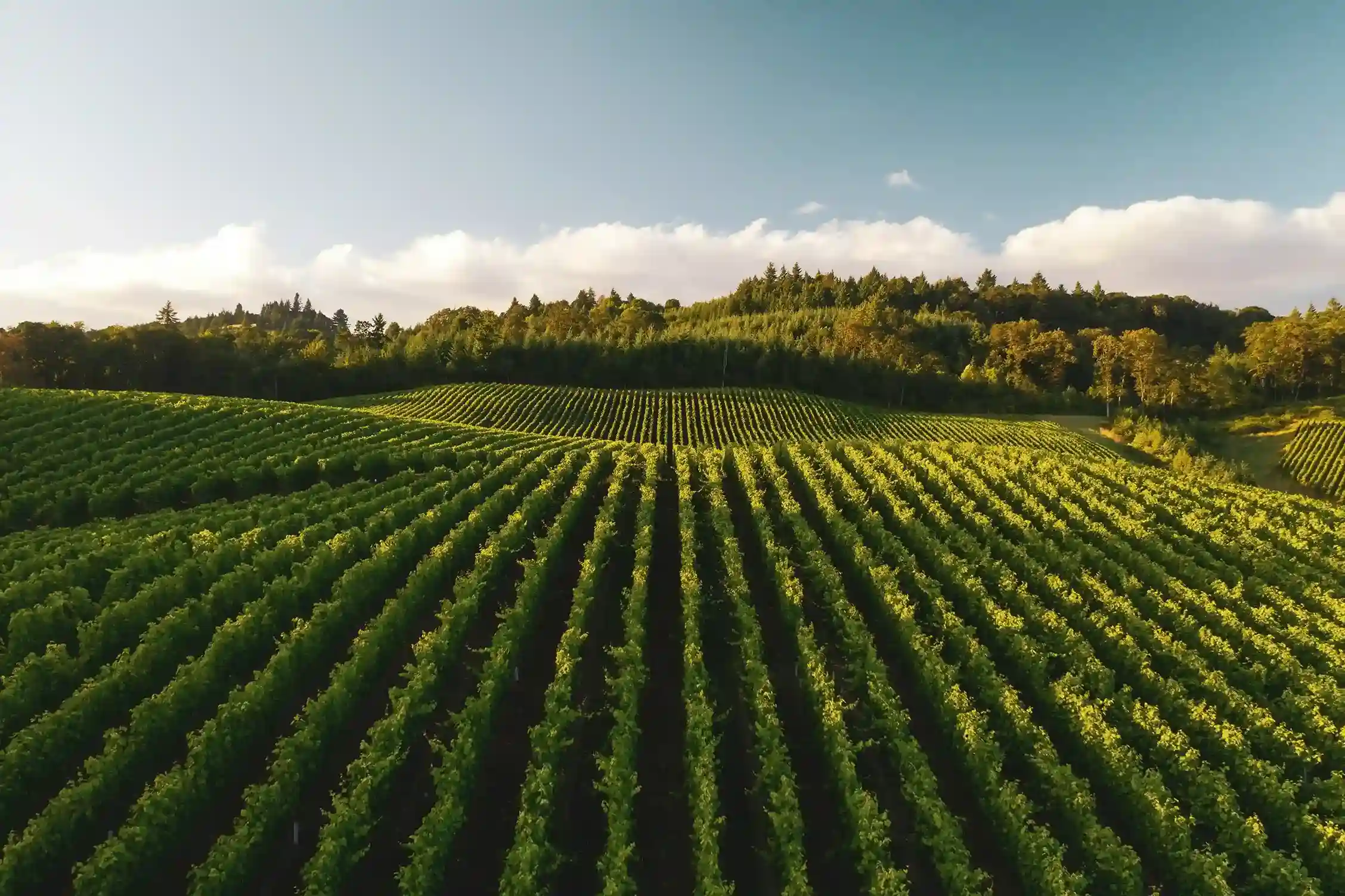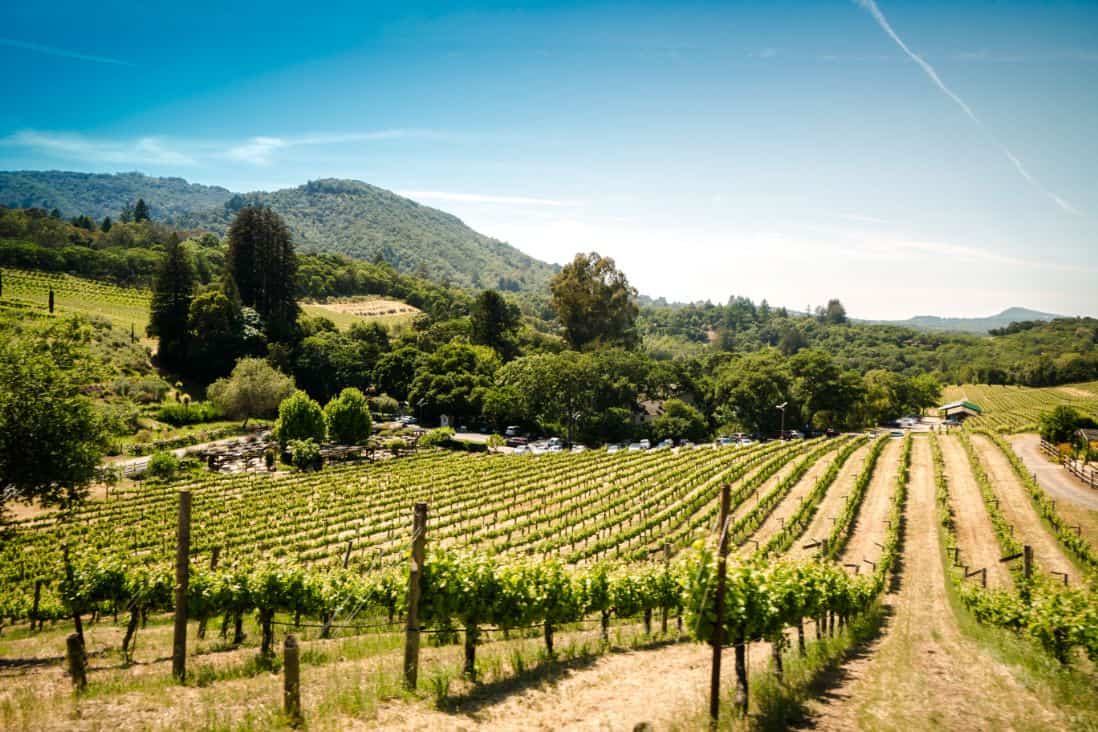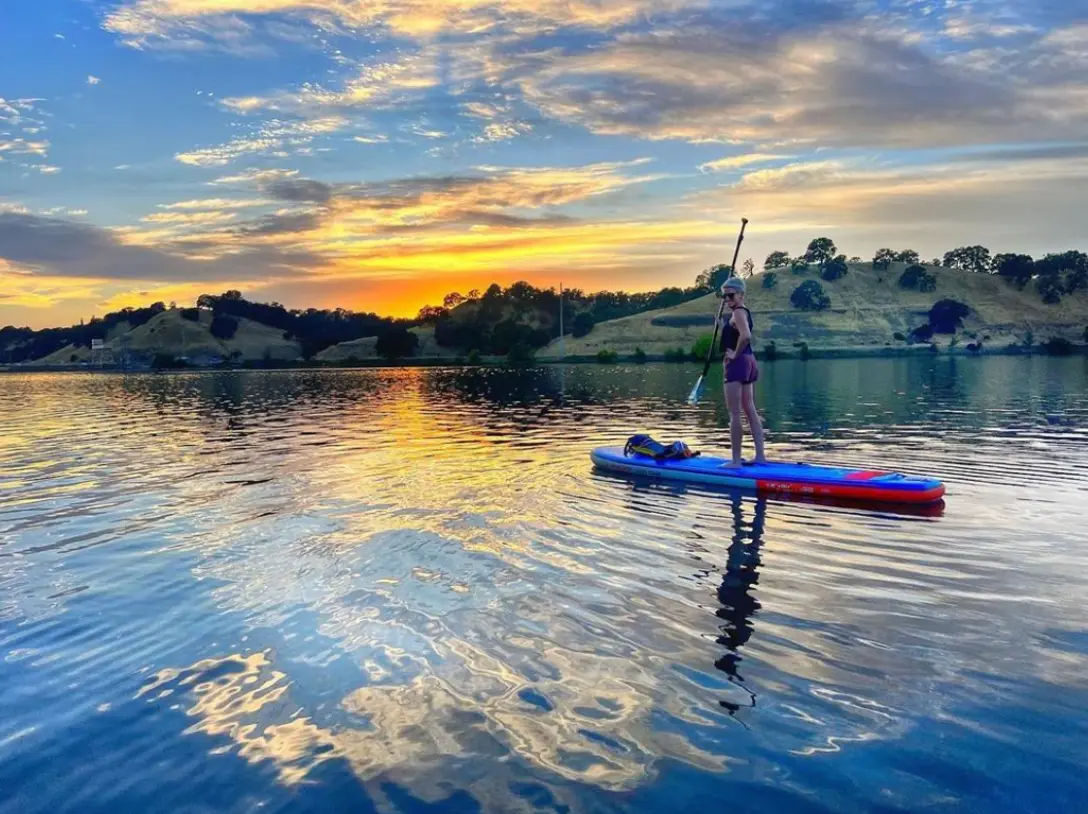Plan Showstopping Seasonal Weddings With Our Expert Industry Tips
Some couples thrive in golden fall light, others want a crisp winter vibe with velvet and mulled wine. Some are chasing cherry blossoms, others can’t imagine tying the knot without summer sunsets and rosé. The season you choose shapes your entire wedding—from the food on the table to the shoes on your feet, and yes, even your budget.
A June wedding feels different than an October wedding, even if the guest list, vows, and venue stay the same. The light hits differently, the menus shift, and your fashion choices (hello sandals vs. velvet heels) take on a whole new personality. The rhythm of nature ends up becoming part of your love story, whether that means exchanging vows surrounded by spring blossoms, sipping cocktails under summer sunsets, crunching across autumn leaves, or cozying up by the fire in winter.
Seasonality also plays a big role in logistics. Guest availability, travel costs, vendor pricing, and even venue demand change drastically depending on the time of year. Some couples plan around peak season energy and want to be part of the buzz. Others deliberately lean into quieter months for better deals and a more relaxed pace. There’s no “best” season—just the one that matches your vision and priorities.
At Mountain House Estate, we’ve seen it all: spontaneous spring dance parties, chic summer soirées, moody fall celebrations, and cozy winter vows. Each season has its personality, perks, and quirks—and this guide breaks it all down.
Spring Weddings
Spring is the wedding season’s comeback queen—after months of winter chill, everything starts to bloom, including your options. Days stretch longer, florals flood into season, and the air has that fresh, “let’s celebrate” energy. But spring isn’t just about pretty petals; it’s a season that demands some strategy. Weather can be moody, allergies can crash the party, and vendor calendars start filling up fast. For couples who want color, vibrancy, and a sense of renewal woven into their day, spring delivers in spades.


Weather Across the U.S. in Spring
Spring has a reputation for being “fresh and floral,” but the reality is that it can be one of the trickiest seasons to plan a wedding around. The weather is famously unpredictable—you might get sunshine, drizzle, or even a late-season snowstorm depending on where you are. Here’s how it breaks down region by region:
-
West Coast (California, Oregon, Washington):
By March, California wine country starts warming up, with daytime highs in the 60s–70s °F and cooler evenings in the 40s–50s. Rain is still possible through April, but by May the skies are mostly clear. Northern California venues like Mountain House Estate benefit from lush, green hillsides this time of year—something you won’t see in the golden dryness of summer. Oregon and Washington, on the other hand, can still be pretty rainy until late May. -
South (Texas, Georgia, Florida):
Southern states heat up quickly. March and April can be very pleasant, with highs in the 70s and low humidity, making them sweet spots for outdoor ceremonies. But by late May, humidity and afternoon thunderstorms creep in, especially in the Southeast. Florida weddings in spring mean you’ll need a rain backup plan—tropical storms aren’t common yet, but daily showers are. -
Midwest (Illinois, Michigan, Ohio):
Spring is slow to arrive. March can still feel like winter, with snow possible, especially in northern states. By April, things thaw, with highs in the 50s–60s, but rain showers are frequent. May is the safest bet, when temperatures hit 65–75°F and flowers are finally in full bloom. -
East Coast (New York, Pennsylvania, New England):
Like the Midwest, the East Coast can lag. March is chilly, April is transitional, and May is where the magic happens—especially in places like New York’s Hudson Valley or Virginia’s wine country. Expect temps ranging from 50–75°F depending on the month and state. Spring rain showers are frequent, but they also mean gorgeous greenery for your photos. -
Mountain States (Colorado, Utah, Montana):
Spring doesn’t necessarily mean spring. March and April are still ski season in much of Colorado and Utah, with snow and freezing nights. If you’re dreaming of wildflower meadows, May is more realistic, though higher altitudes may stay chilly until June.
📌 Planning Tip: Always check sunset times and average rainfall for your wedding location before locking in a spring date. A March wedding in California is totally different than a May wedding in Michigan.
If you’re not in favor of a pastel color palette, look to the season’s verdant green grass and moody-hued spring produce (like strawberries, radishes, and rhubarb) for inspiration instead. We love a spring wedding that’s inspired by the season, but there’s no rule that says you can’t think outside the box.
Already picturing your spring celebration? Explore more in-depth guides to plan smarter:

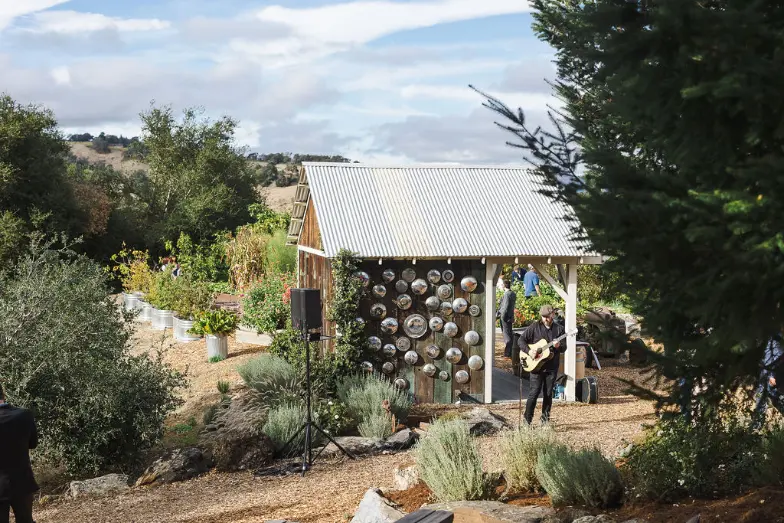
Summer Weddings
Summer is the season that most people picture when they hear “wedding.” Long days, golden sunsets, outdoor receptions that last well into the night—it’s peak wedding energy. But it also comes with peak demand and, let’s be honest, peak sweat. Summer weddings are high-glamour and high-stakes, offering incredible opportunities for al fresco dining, bold design, and destination vibes, while also requiring couples to think carefully about heat, guest comfort, and costs. If you want your celebration to feel vibrant, lively, and buzzing with energy, summer delivers every time.


Many couples embrace a traditional aesthetic with white lace dresses and hydrangeas, while others prefer to break the mold—like one couple who held a minimalist wedding in Greece, with a dress code inspired by Calvin Klein ads from the ’90s. Yet all of them have the same thing in common: embracing the outdoors, sunshine, and natural scenery.
Already picturing your summer celebration? Explore more in-depth guides to plan smarter:


Fall Weddings
Fall practically sells itself for weddings. The light turns golden, the air cools just enough to make formalwear comfortable again, and nature hands you a ready-made color palette of amber, burgundy, and deep green. It’s romantic without trying too hard, and it offers a balance between summer’s vibrancy and winter’s intimacy. But fall also comes with its own quirks: dates are competitive (October is one of the most in-demand wedding months in the U.S.), evenings get chilly fast, and weather can turn unpredictable. For couples who want a cozy yet elevated celebration, fall is the sweet spot.


Weather Across the U.S. in Fall
Fall weather is the reason this season is so popular for weddings—but it also comes with a dose of unpredictability. Early fall can feel like an extension of summer, while late fall edges toward winter. Here’s how it plays out across different regions:
-
West Coast (California, Oregon, Washington):
-
California: Wine Country shines in September and October. Expect highs in the 70s–80s°F during the day and cooler evenings in the 50s. Rain is minimal until November, making it one of the most reliable regions for fall weddings.
-
Oregon & Washington: September can be gorgeous—mild temps in the 60s–70s°F—but rain returns quickly in October. If you’re planning a Pacific Northwest wedding, early fall is safer than late.
-
-
South (Texas, Georgia, Florida):
-
Texas: Fall finally takes the edge off summer heat. September still hits 80–90°F, but by October, it drops into the 70s. November can be chilly in the evenings, especially in central Texas Hill Country.
-
Georgia & Southeast: September is warm (80s), October is comfortable (70s), and November cools to the 60s. Humidity drops off, making it one of the most comfortable times of year.
-
Florida: Fall is technically still hurricane season through November. September is risky, October is better, but rain is still a factor. Temperatures hover in the 70s–80s°F.
-
-
Midwest (Illinois, Michigan, Ohio, etc.):
Fall is when the Midwest shines. September stays warm (70s–80s°F), October cools to 50s–60s, and November can dip into the 40s. Vibrant foliage peaks anywhere from late September to mid-October depending on the state. The downside? Cold snaps and early snow are always possible by late fall. -
East Coast (New York, New England, Mid-Atlantic):
-
New England: Crisp, clear days with highs in the 60s–70s°F in September and 50s–60s°F by October. Foliage season makes October weddings stunning, but tourist crowds can drive up lodging costs.
-
Mid-Atlantic (DC, Maryland, Virginia): Comfortable in September and October (70s by day, 50s at night). November is unpredictable—sometimes mild, sometimes winter-like.
-
-
Mountain States (Colorado, Utah, Montana, Wyoming):
Fall weather in the mountains is short but spectacular. September brings highs in the 60s–70s°F with crisp nights in the 40s. By October, higher elevations can see snow. Early fall is ideal, but late fall is risky unless you’re ready for a winter wedding vibe.
📌 Planning Tip: Fall days are shorter than summer. In California, sunsets move from about 7:30 p.m. in September to just after 6:00 p.m. in November. Build your ceremony timeline with lighting in mind—you don’t want to say “I do” in the dark unless that’s the vibe you’re going for.
Another reason to love fall? It’s the start of the holiday season! From Halloween to Thanksgiving, there’s no shortage of reasons to celebrate during this time of year. It’s a good idea to steer clear of major holidays such as Thanksgiving. That said, it could be fun to have your wedding on, say, Veteran’s Day weekend when some of your guests may have the following Monday off work.
Fall is also the start of football season, with NFL games on Sundays and college football on Saturdays. If you have a diehard Bama fan in your wedding party, they’d be mighty disappointed if your big day was the same day as the big game.
Already picturing your fall celebration? Explore more in-depth guides to plan smarter:
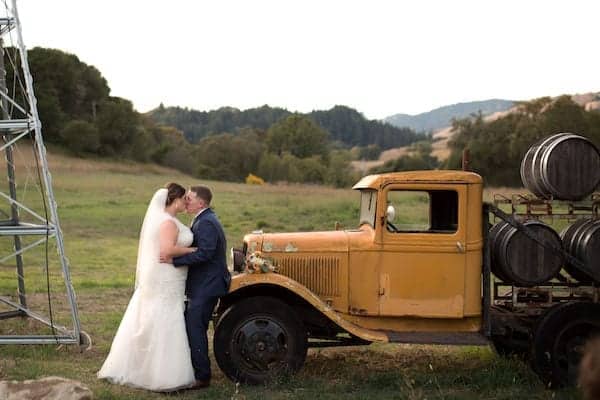

Winter Weddings
Winter weddings are the underdog of the wedding world, and honestly? They deserve more love. While summer and fall hog the spotlight, winter quietly delivers some of the most romantic, atmospheric celebrations out there. Think candlelit dinners, velvet gowns, jewel-toned florals, and cocktails that actually taste better when it’s chilly outside. On top of the mood, winter also comes with perks like off-season pricing, easier vendor availability, and a more relaxed pace compared to peak-season chaos.
Of course, winter does bring challenges—shorter daylight hours, potential travel disruptions, and in colder regions, the very real possibility of snowstorms. But couples who embrace the season find it offers an intimacy and style that no other time of year can match.
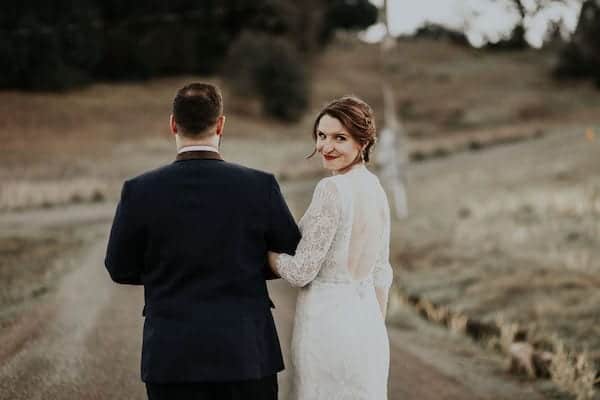

Weather Across the U.S. in Winter
Winter weddings are heavily shaped by geography. A January wedding in California looks completely different from one in Vermont. Knowing what to expect in your region (or destination) is crucial to avoid surprises and keep your guests comfortable.
-
West Coast (California, Oregon, Washington):
-
California: Winter in Wine Country is mild, with daytime highs in the 50s–60s°F and cooler evenings in the 40s. Rain is more likely December–February, but snow is rare outside of higher elevations. For couples who love cozy indoor-outdoor vibes without freezing temps, this is prime time.
-
Pacific Northwest: Expect lots of rain in Oregon and Washington. While daytime highs range from 40s–50s°F, gray skies and drizzle dominate. Winter weddings here are best suited for venues with strong indoor spaces.
-
-
South (Texas, Georgia, Florida):
-
Texas: Winters are generally mild. Daytime highs hover between 50s–60s°F, though occasional cold snaps can drop temps below freezing.
-
Georgia & the Southeast: Comfortable with highs in the 50s–60s°F. Rain is possible, but snow is rare.
-
Florida: One of the best times to marry in Florida. Highs sit in the 60s–70s°F, humidity drops, and hurricane season is over.
-
-
Midwest (Illinois, Michigan, Ohio, etc.):
Winters are cold and snowy. Daytime highs are often in the 20s–30s°F, with January being the coldest month. Travel delays are common, so it’s important to build contingency time into your wedding weekend. -
East Coast (New York, New England, Mid-Atlantic):
-
New England: Expect snow, freezing temps (20s–30s°F), and early sunsets (4–5 p.m. in December). The trade-off is magical snowy backdrops if you’re willing to embrace it.
-
Mid-Atlantic (DC, Maryland, Virginia): Chilly but not brutal—highs in the 30s–40s°F. Snow is possible but not guaranteed.
-
-
Mountain States (Colorado, Utah, Montana, Wyoming):
Winter here means snow—lots of it. Highs sit in the 20s–40s°F with frequent storms. For couples dreaming of ski lodge vibes or snow-covered ceremonies, this is the season, but guest travel can be tricky.
📌 Planning Tip: Winter sunsets are early—sometimes before 5:00 p.m.—so schedule ceremonies earlier in the day if you want natural light photos. If you’re aiming for a candlelit evening ceremony, lean into it with dramatic lighting design.
From embellished tableware and crystal accessories to outfits that dazzle, a lashing of Gatsby-style glitz is an ideal festive theme for those who don’t want their wedding to feel too ‘Christmas’.
Already picturing your winter celebration? Explore more in-depth guides to plan smarter:


Real Weddings at Mountain House Estate
Need more inspiration to help you pick a season? Explore our real wedding galleries to see how couples transformed Mountain House Estate at different parts of the year — from outdoor summer dinners to earthy fall-themed celebrations.
FAQs | Planning in all Four Seasons
Extra Content on Seasonal Weddings
Want to dive deeper into planning? Explore our related guides for ideas and inspiration relating to Northern California weddings in every season.
Gorgeous Early Summer Wedding
This gorgeous May wedding left us speechless! The couple wants to remain unnamed and not shown on the website, but here are some of our favorite details from the wedding. Wedding Vendors: Photography: Amy [Read More]
A Chill in the Air: Winter Wedding Venues in California
If you're preparing for your upcoming wedding and you desire something extraordinary, fun, romantic, and rustic, then a winter wedding in California's wine country might be your perfect choice. Winter weddings in [Read More]
Spontaneous Dance Party at Spring Wine Country Wedding
High School Sweethearts Wed at Our Sonoma County Wedding Venue Katie and Nate hosted a whimsical farm-to-table, non-traditional Jewish wedding at our Sonoma county wedding venue. [Read More]
Fall Wedding at Mountain House Estate
This past fall Paige and Shane exchanged their wedding vows at our beautiful Mountain House Estate. It was one of the most gorgeous fall wine country weddings. The weather here has average highs of [Read More]
Seasonal weddings aren’t just about picking a date on the calendar—they’re about crafting an atmosphere that matches your vision, your budget, and your guests’ experience. Spring brings renewal and color, summer bursts with energy and abundance, fall delivers cozy sophistication, and winter offers intimacy and elegance. Each season has its own perks and quirks, and the best choice depends on what matters most to you.
At Mountain House Estate, we’ve hosted it all—sunny soirées, golden harvest celebrations, moody winter candlelit vows, and lively spring dance parties. With 40 acres of gardens, onsite lodging, vineyard views, a ballroom, and a patio, our venue flexes with the seasons while always giving couples space to make it their own.
No matter when you say “I do,” the right season will weave itself into your story. Now it’s your turn: which season is calling your name?




